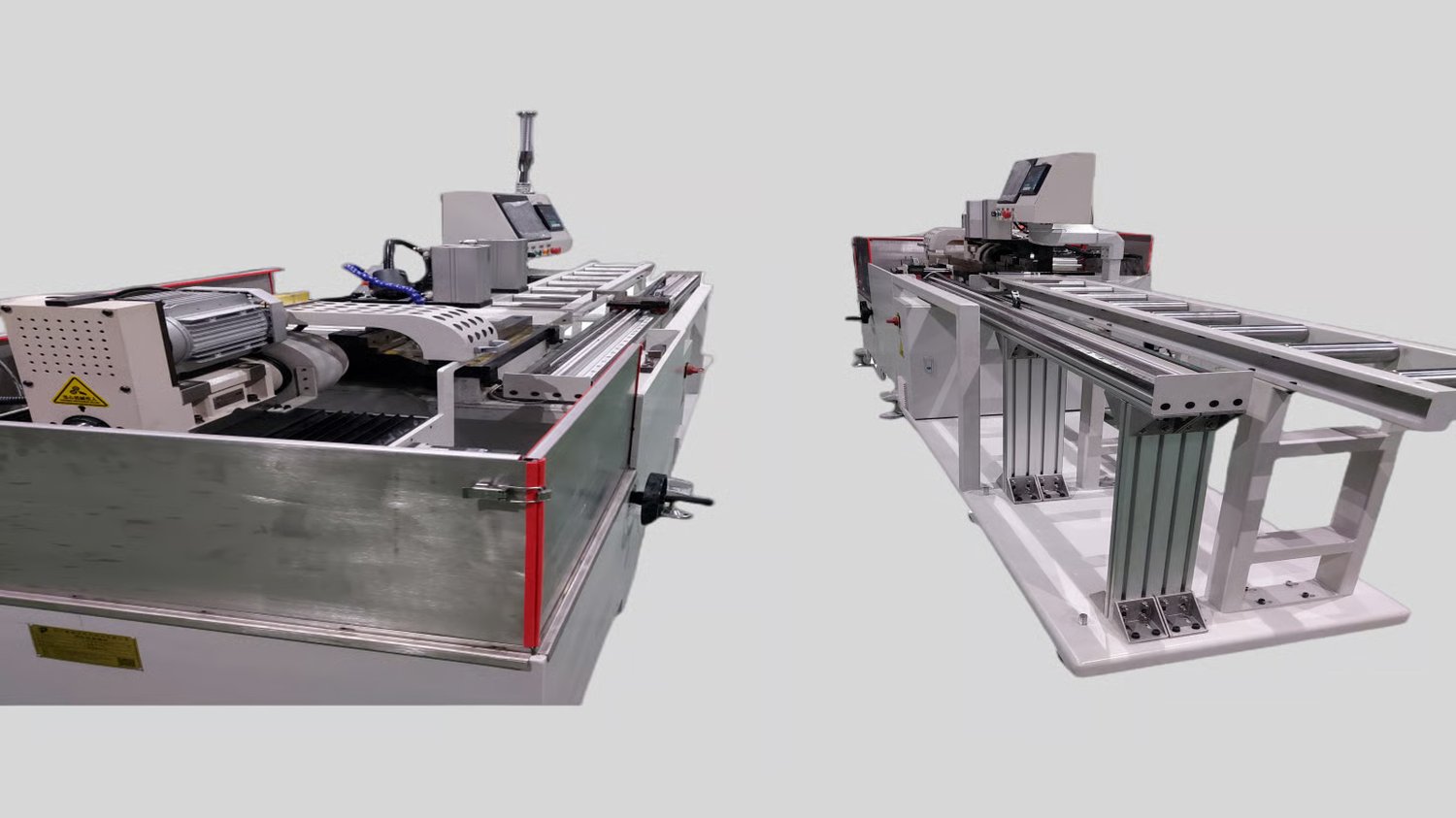Introduction to Workpiece Surface Finish
Workpiece surface finish refers to the quality and texture of the surface of a final product. Achieving the desired surface finish is crucial in many industries, such as manufacturing, aerospace, and automotive. Surface roughness parameters play a significant role in determining the quality of the finished product.
What are Surface Roughness Parameters?
Surface roughness parameters are numerical values that quantify the texture of a surface. These parameters provide valuable information about the roughness, waviness, and form of the surface. Common surface roughness parameters include Ra (average roughness), Rz (maximum height), and Rq (root mean square roughness).
Importance of Surface Roughness Parameters
Accurate measurement and control of surface roughness parameters are essential for ensuring the quality and functionality of workpieces. Surface roughness directly impacts factors such as friction, wear resistance, and appearance. Proper control of roughness parameters can lead to improved performance and durability of products.
Measurement Techniques for Surface Roughness
There are various methods available for measuring surface roughness parameters, including contact and non-contact techniques. Contact methods, such as stylus profilometry, involve physical contact with the surface. Non-contact methods, like optical profilometry, utilize light or laser-based technology to measure surface roughness without touching the workpiece.
Factors Affecting Surface Roughness
Several factors can influence the surface roughness of a workpiece, including cutting speed, feed rate, tool geometry, and material properties. Optimizing these parameters can help achieve the desired surface finish. For example, increasing cutting speed can reduce roughness, while a higher feed rate may lead to increased roughness.
Role of Workpiece Material in Surface Finish
The material of the workpiece plays a crucial role in determining surface finish quality. Different materials have varying properties that affect how they respond to cutting and finishing processes. Understanding the material's behavior is essential for achieving the desired surface roughness parameters.
Advanced Surface Finish Techniques
In addition to conventional machining methods, advanced surface finish techniques, such as abrasive flow machining and electrochemical polishing, can be used to achieve specific surface roughness parameters. These techniques involve specialized processes that can produce ultra-smooth finishes on workpieces.
Quality Control in Surface Finish
Quality control measures, such as regular inspection and monitoring of surface roughness parameters, are vital for ensuring consistency and reliability in the production process. A deviation from specified roughness parameters can lead to defects and performance issues in the final product.
Benefits of Optimizing Surface Roughness Parameters
By optimizing surface roughness parameters, manufacturers can improve product quality, reduce production costs, and enhance overall customer satisfaction. Consistency in surface finish quality can also lead to increased efficiency and competitiveness in the market.
Conclusion
In conclusion, understanding and controlling workpiece surface finish roughness parameters are essential for achieving high-quality finished products. By utilizing appropriate measurement techniques, optimizing cutting parameters, and implementing quality control measures, manufacturers can ensure that their workpieces meet the required surface finish standards.

